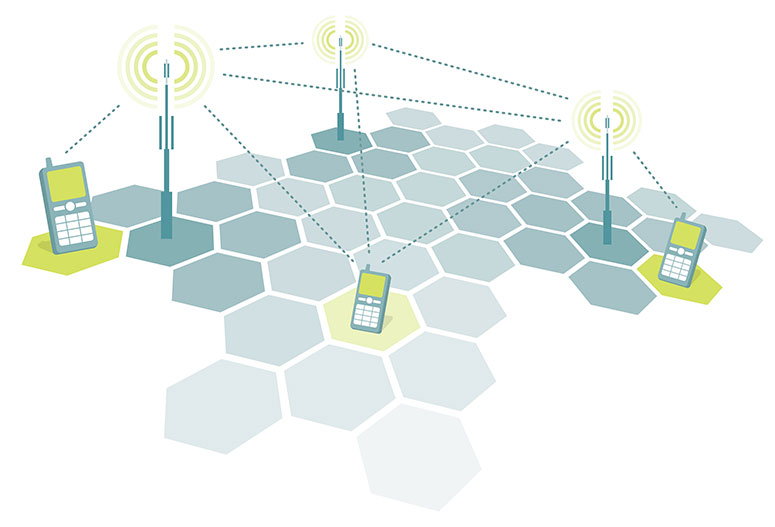Fan, Bin. Michigan State University, (2017)

Fan, Bin. Michigan State University, (2017) "Polycrystalline diamond based neural interface for optogenetics and neurotransmitter detection" advisor: Wen Li
Neural interface forms a communication bridge between a human brain and external circuitries, which enables promising bioelectronics medicines for diseases treatments, such as inflammatory bowel disease, Alzheimer's disease, and restore sensorimotor function lost due to traumatic brain, spinal cord injury, and amputations. Neurons in the central nervous systems communicate with each other electrically along the axon from soma to dendrite and chemically between neuron to neuron in the synapses through release and uptake of neurotransmitters. In particular, dopamine (DA) is one of the most important neurotransmitters, which associates with many aspects of the neurophysiological processing, such as stress, memory, and addiction.
External stimulation is desired to study the dynamics of DA release and uptake and its correlation to the animal behavioral changes. Previously, electrical stimulation was used as a neuromodulation technique for such purpose, which can cause a significant amount of nondopaminergic system activation and result in consequential neurological activities or dynamics not related to DA release[1]. Recent advances in optogenetics provide a unique neuromodulation technique, allowing optical control of genetically targeted specific neurons that express light-sensitive opsin proteins with sub-millisecond temporal precision. Utilizing the cell-type specificity of Optogenetics, researchers can have a more controlled manipulation of the dopaminergic system and have an unbiased study on DA related neurological diseases.
The current engineering tools for Optogenetics use laser and micro light emitting diodes (μLEDs) as the light sources, where μLEDs show great promises with respect to device miniaturization, simplicity, low power and low cost of system implementation. However, using μLEDs as a light source can cause potential thermally-induced tissue damage due to µLED Joule heating. To address the localized Joule heating issue, a μLED based optrode was developed in this thesis using polycrystalline diamond as a heat spreader due to its very high thermal conductivity. Compared with an SU8 probe with the same dimensions, a diamond probe can reduce the maximum temperature variations by ~90% at 3.6V 100ms duration pulses. The functionality of the probe was tested in vivo, where light-evoked action potentials were successfully detected.
Besides the very high thermal conductivity, diamond has unique features for neurotransmitter sensing, such as a larger potential window, low background current and resistance to surface fouling. In addition, diamond is a biocompatible and chemically inert material, which enables long-term device implantation. Therefore, above mentioned properties make diamond a promising candidate for Optogenetics and neurotransmitter detection. However, diamond is a rigid material and the micromotion-induced strain has been hypothesized to be the main cause of harmful immune responses and even irreversible tissue damage. Due to the process temperature intolerant, diamond cannot synthesis onto polymer substrates directly. To address this issue, a wafer-level substrate transfer process is first time proposed to transfer all diamond macro/micro patterns from a diamond growth substrate, silicon, onto a flexible Parylene substrate. The electrochemical properties of the transferred diamond-polymer electrodes were evaluated (i) using an outer sphere redox couple to study the electron transfer process and (ii) quantitative and qualitative studies of a neurotransmitter redox dopamine/dopamine-o-quinone. A linear response of the BDD sensor to dopamine concentrations of 0.5 µM to 100 µM was observed (R^2 = 0.999) with a sensitivity of 0.21 µA/cm^2˙µM.

